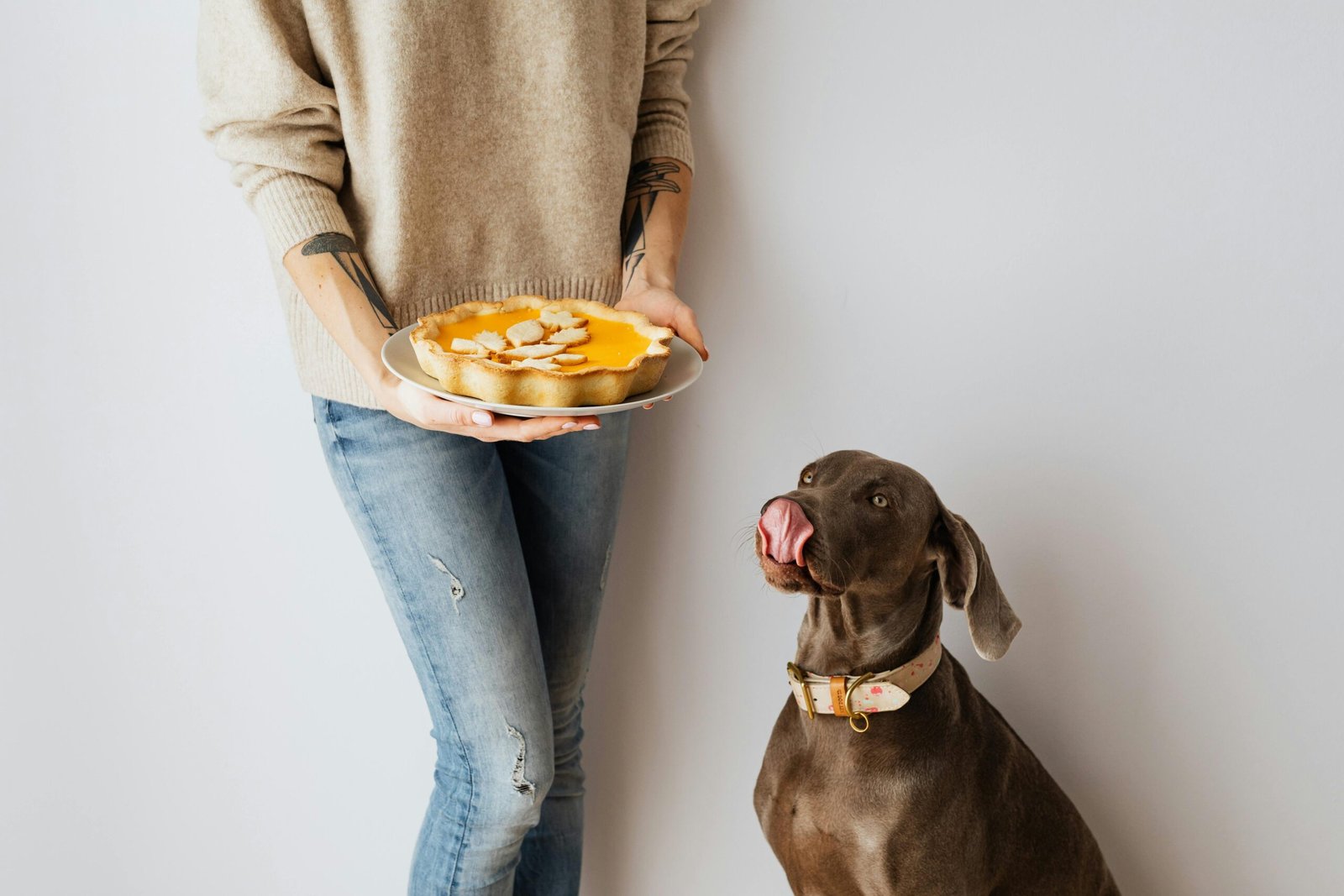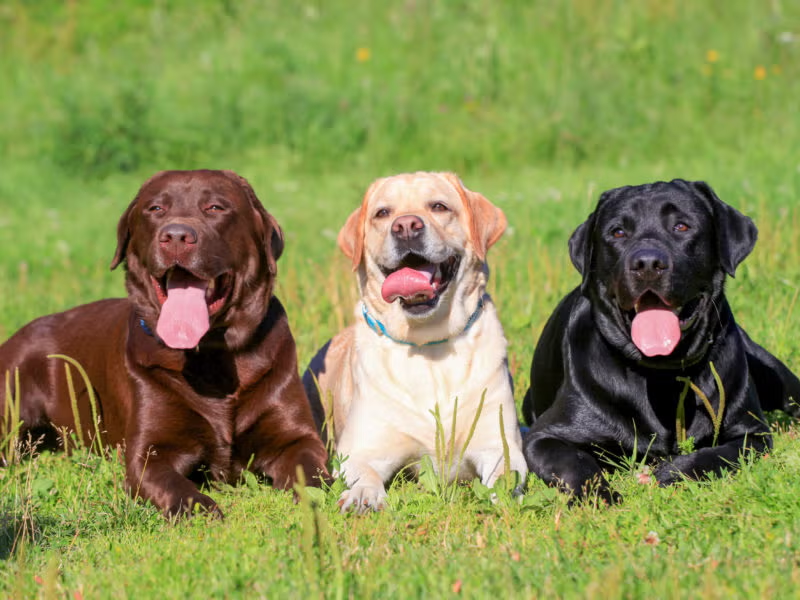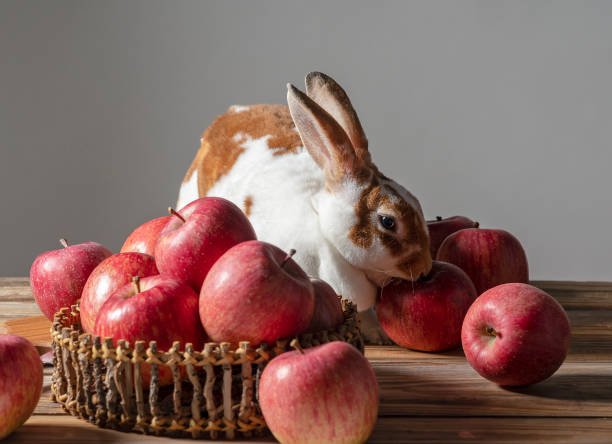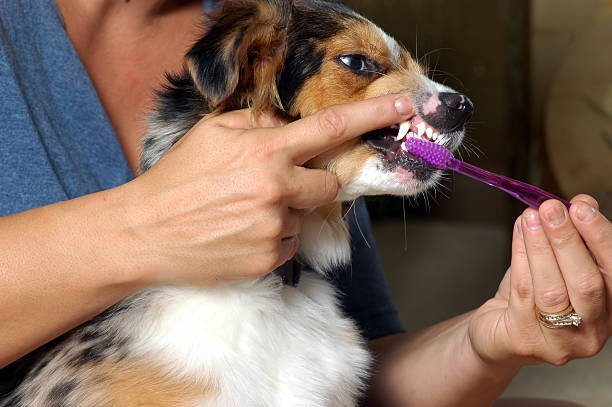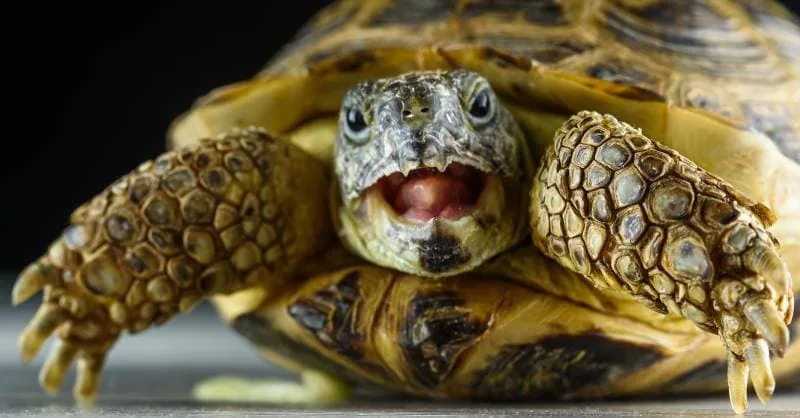Table of Contents
ToggleIntroduction
It is important to feed your dog the right portion of wet food. It helps them to take the right amount of food that is required by the body without taking more than required. Even many dog owners do not know what has to be done when deciding the correct portion size of dog food to feed their pets.
They depend on the intensity, size, age and other parameters of such physical activity. Overfeeding is a condition that results in obesity while underfeeding is a condition that results in malnutrition. It is important to know the right quantity to avoid the pet being unhealthy or unhappy. The purpose of this guide is to assist you to identify the right portion that your dog should take.
How much wet food your dog needs:
All dogs are unique and therefore have different nutritional requirements. Portioning is also influenced by size in a way that is quite profound. The size of the breed determines the amount of food that is needed for the breed to be fed adequately.
Frequency is also an aspect; puppies require more food than the adult dogs do. Activity levels matter too. A dog that is more active requires more calories in its diet as compared to a less active dog. It is important to note that health conditions do affect the dietary needs of a person. It is always advisable to seek advice from a vet for the specific advice that may suit your dog.
Understanding Wet Food Labels
It is also important to read wet food labels in order to know how much of the food should be served. Labels contain information about the ingredients, nutrients, as well as the proper feeding conditions for the dog. The portions are recommended in relation to weight.
Choose fresh and good quality products such as real meat and vegetables. Avoid artificial additives and fillers. The calorie content is also important. High calorie foods should be taken in small quantities since they contain more energy than the low calorie foods. It is important to always adhere to the feeding directions that are given. In case of doubt, it is advisable to consult a veterinarian to determine the right portion size for your dog.
Wet Food vs. Dry Food: Which Is Better?
It is important to note that both wet and dry food have their advantages. Wet food contains more water content, so it helps the dogs to have their water intake. It is also more flavorful, which makes it suitable for those who have a very selective palate.
Dry food is also beneficial in the dental hygiene since it prevents the formation of plaque on the teeth. It is possible to have a combination of both. Wet food helps the cat to get water while the dry food helps in maintaining the health of the cat’s teeth. It depends with the needs of the dog, the preference of the dog and the health status of the dog. It will be advisable to consult a vet before making the changes.
Steps that can be followed to measure wet food portions:
Accurate measurement of wet food will help your dog get the right nutrition it needs. It is recommended to use a measuring cup to portion the servings. It is recommended that the following guidelines be followed on the packaging.
If your dog requires a diet, then you should reduce the portions that you feed him or her. Puppies need to be fed more often than adult dogs do, as they need to be fed several times a day. Older animals may require less food in their bowls. It is important to weigh your dog frequently so that you can notice changes in its weight. Adjust food intake as needed. If not certain, it is always advisable to seek advice from a veterinarian.
Feeding Schedule for Wet Food
Feeding at a fixed time is important in order to ensure that the baby is fed at the right time. Dogs are known to feed twice a day when they are adults. Puppies should be fed three to four small meals every day. Older dogs may require frequent and small portions of meals as compared to the younger ones.
Maintain a schedule to control digestion. Do not feed your cat wet food as this food spoils easily and also makes the cat lazy. It is recommended to prepare fresh portions to be served during each meal. Clean food bowls after every meal. It is important to adjust the schedule according to the needs and the lifestyle of the dog. Consistency helps prevent digestive issues.
Symptoms That Your Dog Is Overfed On Wet Food
This paper aims to discuss the negative consequences of overfeeding. Some of the symptoms include; gaining of weight, swelling, and fatigue. Loose motion or frequent bowel movements may suggest that the child is taking too much food.
If your dog has the habit of eating very fast, then slow feeder bowls will be of great help. Monitor their body condition regularly. Check their ribs; if you cannot easily palpate them, your dog may be obese. Reduce portions if needed. If unsure, seek veterinary advice. Portion control is important to avoid obesity and other related diseases that are associated with it.
Symptoms That Your Dog Is Not Eating Sufficient Wet Food
Underfeeding can lead to malnutrition. Some of the signs include weight loss, lethargy, and a lack of sheen in the coat. Your dog could be always drooling for a meal for several reasons. If the ribs are visible or the stomach is sunken, then they require more food. Adjust their portions gradually.
Ensure they receive balanced nutrition. Puppies and active dogs need more calories than other dogs of different age and with less activity level. If your dog is weak or has no desire to play, then it is recommended to take it to the vet. Feeding is an important aspect in the wellbeing of your dog as it helps in keeping him or her active.
Mixing Wet and Dry Food
Some owners feed their pets with wet and dry foods in order to achieve a balanced diet. This combination is useful in that it offers both hydration and oral health benefits. It is recommended to begin with a small portion and then gradually increase the quantity according to one’s taste. Make sure that the total calorie intake is not exceeded or is not too low.
This is because mixing foods can help picky eaters to eat their meals. It also helps to diversify their diet. It is always advisable to consult the vet before switching from one type of food to another. It is advisable to introduce new combinations gradually to prevent upsetting the stomach. Diet plays critical role of making sure that the needs of the dog has been well met so that it does not go hungry continually.
Seeking Professional Advice from a Vet for Specific Advice
All dogs are different and therefore they have different nutritional requirements. A vet is in a better position to advise depending on the size, breed, and health of the animal. This is important in order to keep track of the weight and the nutritional requirements of the body.
If your dog has some health problems or allergies, then it is possible that your dog will need to be on a specific diet. It is always advisable to seek advice from a vet before making any drastic changes. This is important in order to ensure that your dog is well fed in the right manner as required. Individual feeding plans are beneficial for the overall health of a person in the long run.
Conclusion
It is important that you feed your dog the right amount of wet food. Portion size is dependent on some parameters including size, age, and activity level. It is important to read labels and follow guidelines to ensure that one takes the right foods that will help him/her maintain a healthy diet.
Supervising weight and health makes sure that your dog receives the right amount. This is because feeding schedule is a way of maintaining a routine. In case of any uncertainty, it is advisable to seek the services of a veterinarian. The nutrition pyramid clearly illustrates that to keep the shape and be always active, it is necessary to fill the dog’s belly.

